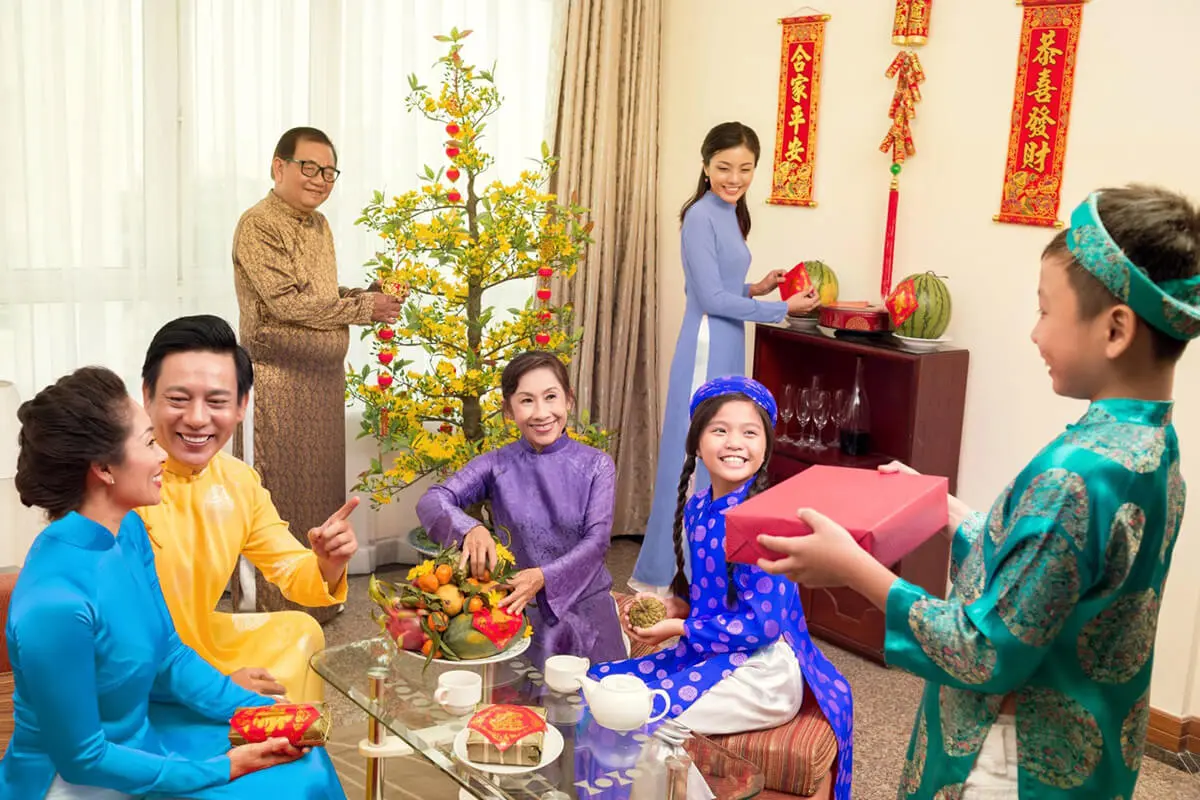
Every spring, Vietnam bursts into color, tradition, and joy as families across the country prepare for Tết Nguyên Đán, or Vietnamese New Year. This lunar new year in Vietnam is not only the most important holiday of the year but also a profound reflection of the nation’s culture, ancestry, and hopes for the future.
What Is the Vietnamese New Year (Tết)?
Tết, short for Tết Nguyên Đán, literally means “Feast of the First Morning of the First Day.” It marks the beginning of the lunar new year in Vietnam, based on the lunar calendar, and usually falls between late January and mid-February.
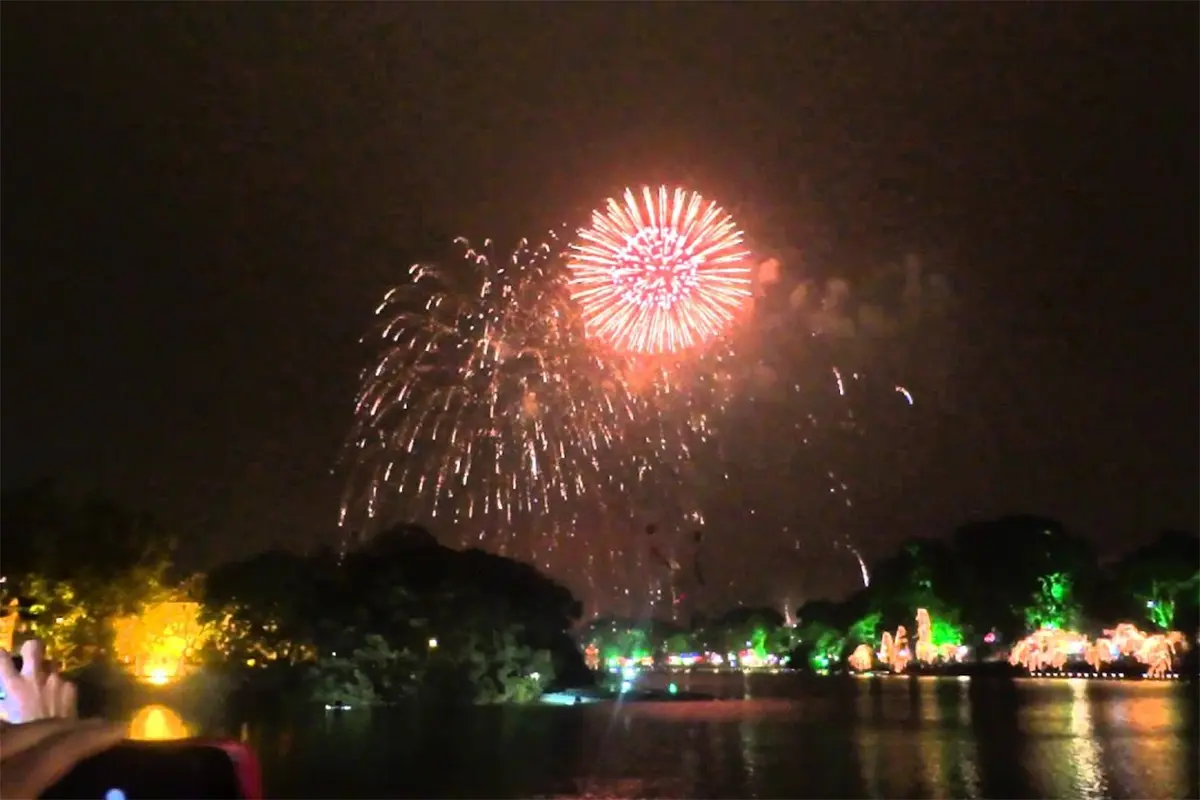
While many associate it with Chinese New Year, the Vietnamese New Year has distinct customs, foods, and meanings that make it unique. It’s a time to honor ancestors, reunite with family, and sweep away the misfortunes of the past year.
When Is the Vietnamese New Year 2026?
In 2026, the Vietnamese Tết will begin on Wednesday, February 18, ushering in the Year of the Horse. The official Vietnamese New Year holiday usually spans seven days, although preparations begin weeks in advance.
History and Origins of the Vietnamese Holiday Tết
The roots of Tết trace back over 1,000 years to the lunar calendar traditions of early Vietnamese dynasties. Deeply influenced by Confucianism and Buddhism, this Vietnamese holiday Tết is a blend of religious, spiritual, and seasonal rituals.
As Vietnam developed through various dynasties and cultural influences, Tết traditions evolved—yet the heart of the celebration remained the same: honoring ancestors and celebrating renewal.
Tet Traditions That Shape the Vietnamese New Year
Tết is a beautiful tapestry of customs that reflect the values of Vietnamese society—respect, family, and fortune. Here are some of the most cherished Tet traditions:
1. House Cleaning and Debt Clearing
Before Tết, homes are thoroughly cleaned to sweep away bad luck and welcome new blessings. Debts are paid, and quarrels are resolved to ensure a harmonious start to the new year.
2. Ancestral Worship
Families prepare altars with offerings of fruit, flowers, and traditional food to honor their ancestors. This practice reinforces the importance of familial roots and gratitude.
3. Xông Đất (First Visitor)
The first person to enter a home in the new year is believed to influence that family’s luck for the entire year. Many families choose someone with a good temperament and success to be their first visitor.
4. Lucky Money (Lì Xì)
Elders give red envelopes filled with money to children and younger family members to bring good fortune. These Vietnamese new year’s envelopes symbolize prosperity and health.
5. Traditional Tet Food
Tết wouldn’t be complete without bánh chưng (square sticky rice cakes) in the North and bánh tét (cylindrical cakes) in the South. Pickled onions, boiled chicken, and candied fruits are also Tết staples.
Festive Celebrations During Tet in Vietnam
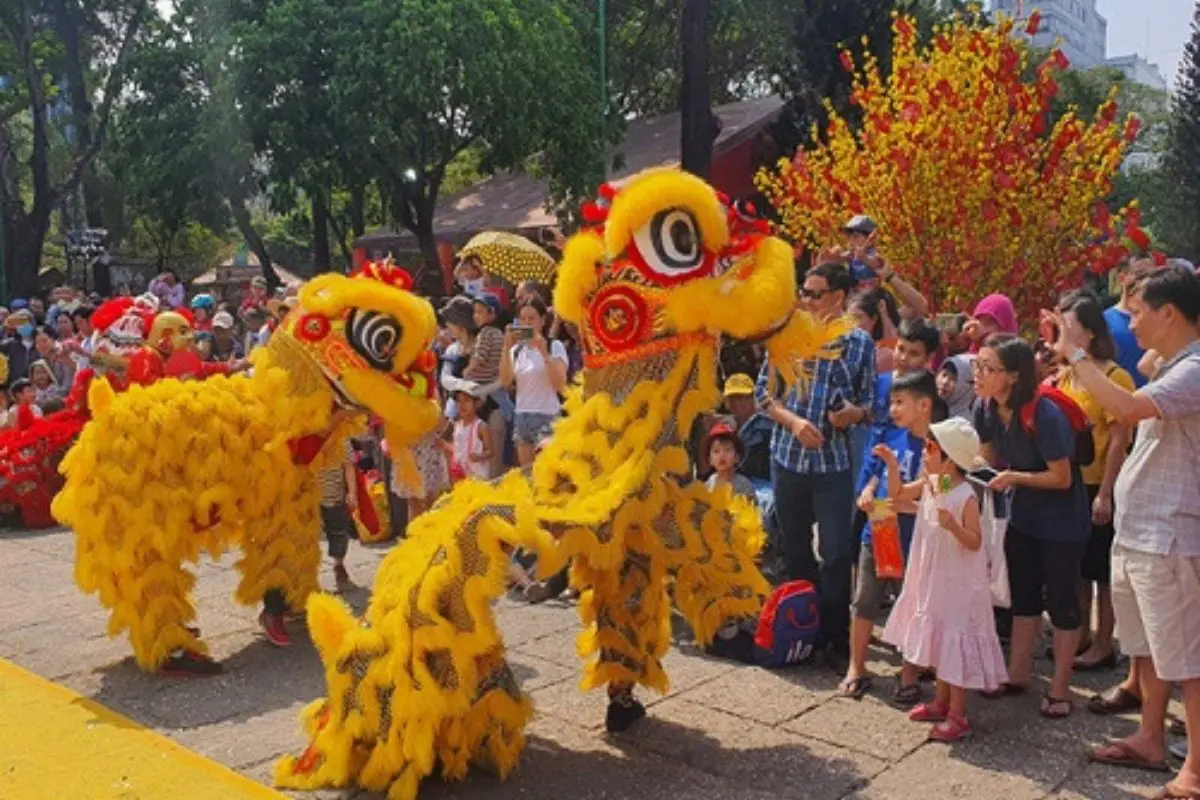
Tết in Vietnam is a time of joy and togetherness. Streets are decorated with peach blossoms in the North and apricot flowers in the South. Fireworks light up the sky, and lion dances fill the air with music and movement.
Tet Markets and Flower Streets
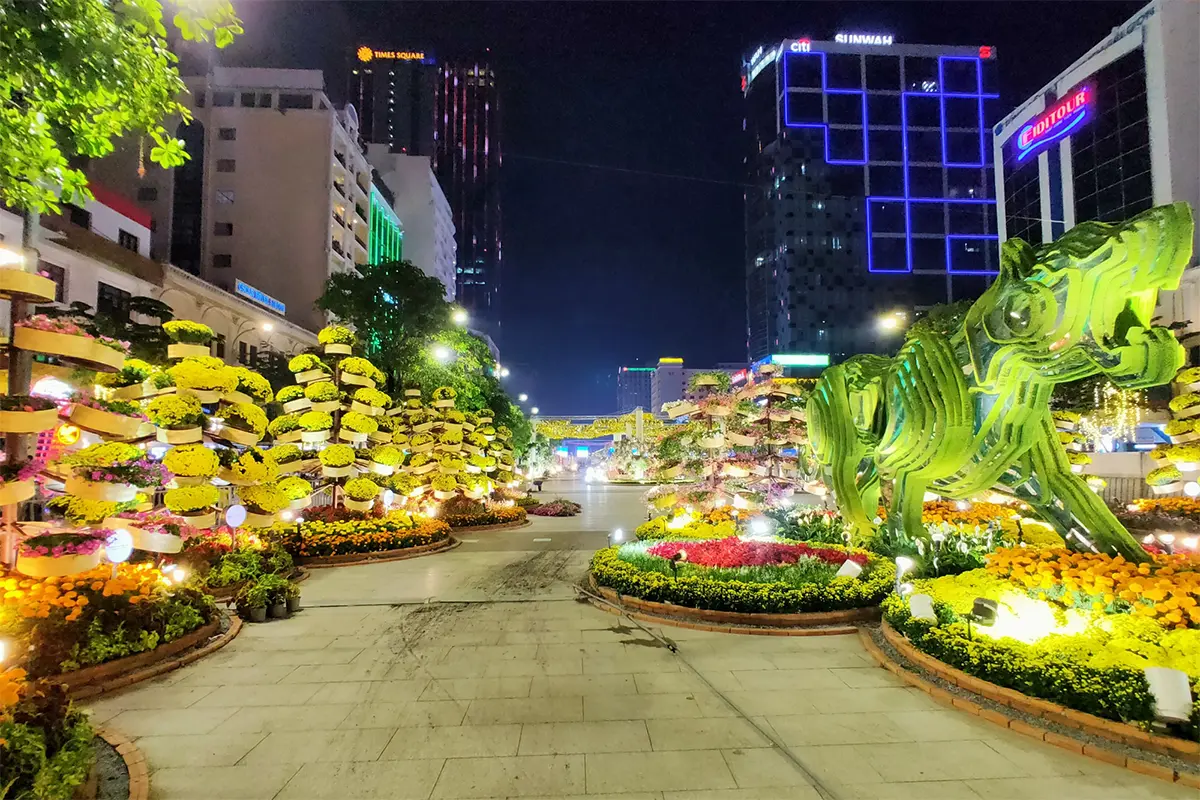
Weeks before the new year, vibrant Tết markets pop up everywhere, selling flowers, decorations, and holiday treats. Nguyen Hue Flower Street in Ho Chi Minh City is a must-see for anyone visiting during this festive time.
Regional Differences in Celebrating Tet
While the spirit of Tết is national, customs vary by region. Northern Vietnam tends to be more traditional, while southern areas often celebrate in a more relaxed and festive manner.
How Long Is the Vietnamese New Year Holiday?
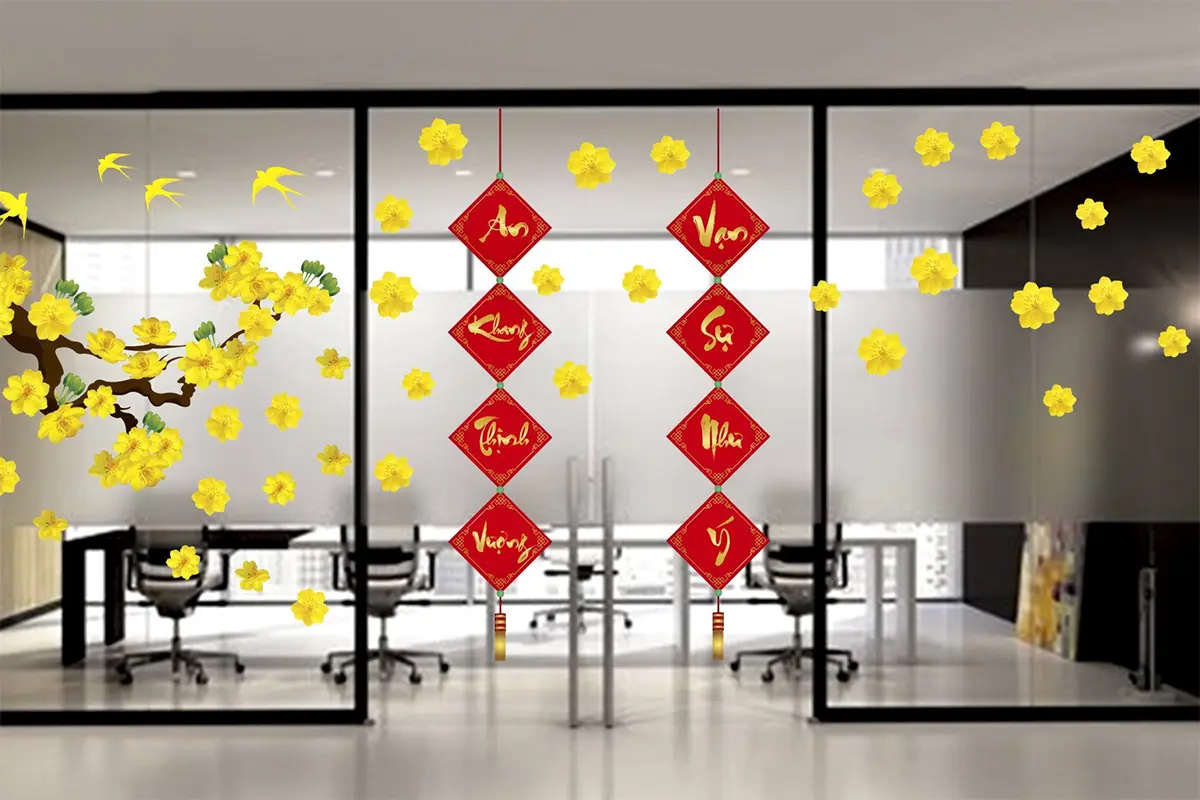
The Vietnamese New Year holiday typically lasts 5–7 days, but unofficially, the celebration may extend up to two weeks. Government offices, schools, and most businesses close so that families can spend quality time together.
Modern Changes and Tet in the 21st Century

As Vietnam becomes more globalized, Tet traditions are being modernized. Eco-friendly decorations, online greetings, and minimalist gift-giving are on the rise, especially among younger generations.
Tet Among Overseas Vietnamese
Millions of Vietnamese living abroad bring Tet New Year Vietnam to life in communities around the world, from the U.S. to Australia. Cultural festivals and community dinners help preserve these time-honored traditions.
Vietnamese New Year Fun Facts and Cultural Insights
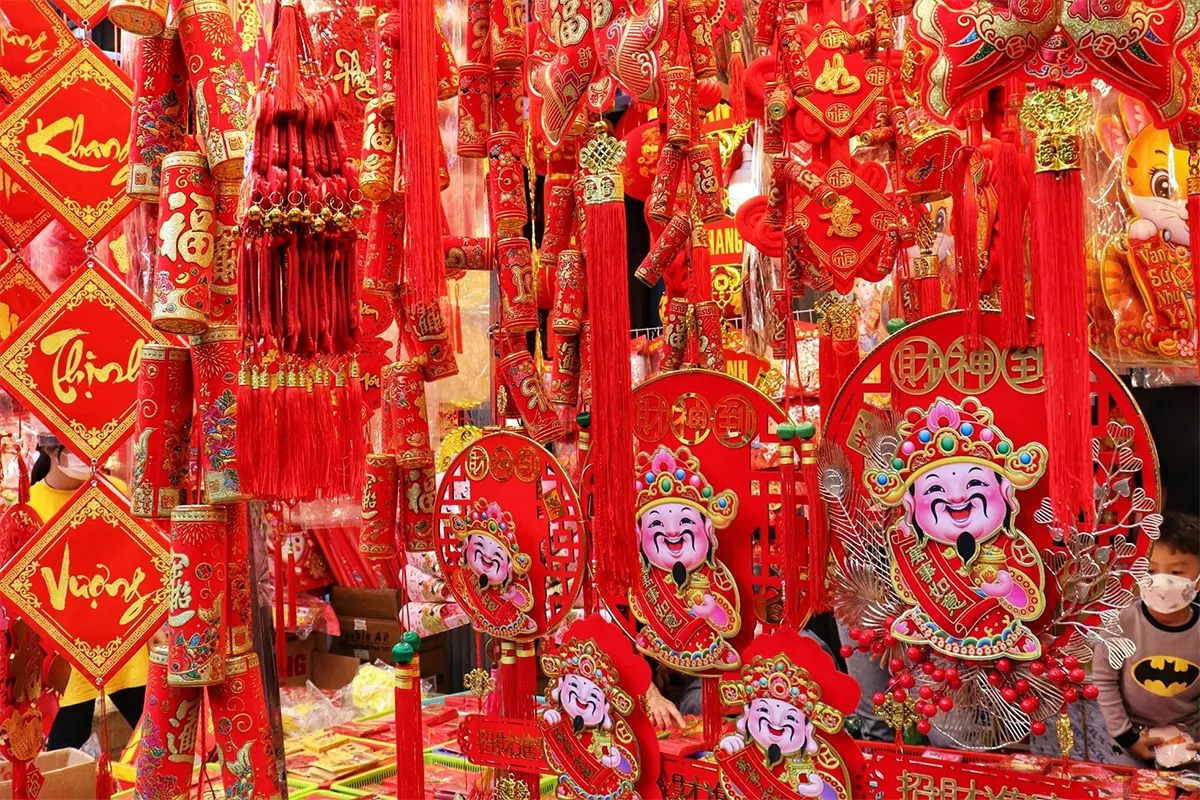
- Tet Sayings: Phrases like “Chúc Mừng Năm Mới” (Happy New Year) and “An Khang Thịnh Vượng” (Wishing you peace and prosperity) are commonly used.
- Taboos: Avoid sweeping the floor or breaking things on the first day of the year—it’s considered bad luck.
- Crossword Clue Favorite: The phrase “Vietnamese New Year” often appears in puzzles as a 3-letter answer: “Tet.”
Why the Vietnamese Lunar New Year Is More Than Just a Holiday
More than a celebration, Tet in Vietnam is a spiritual journey—a time to honor the past, embrace the present, and welcome the future. With its deep-rooted customs, family focus, and vibrant festivals, the Vietnamese New Year is a beautiful reflection of the nation’s heart and soul.
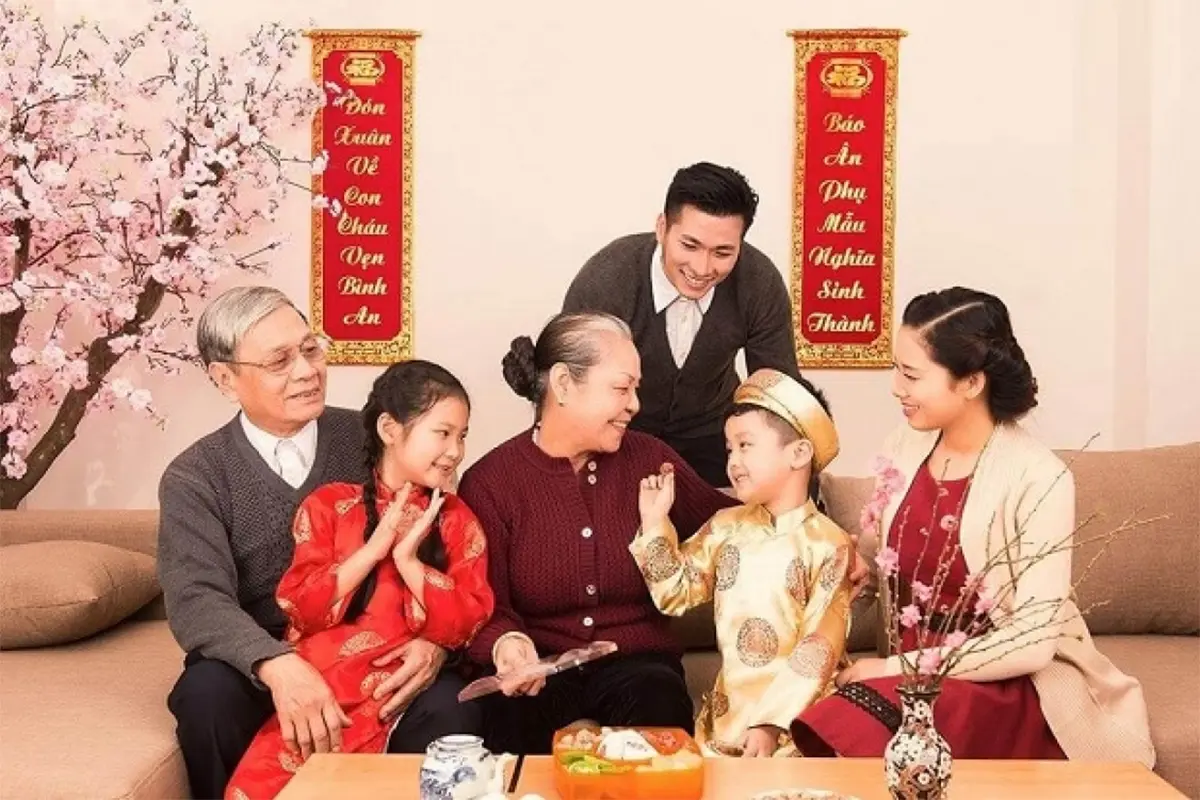
Whether you’re Vietnamese or just discovering this amazing tradition, celebrating Tết is a joyful way to connect with a culture full of warmth, gratitude, and hope.
1 comment
At this time I am going to do my breakfast, after having
my breakfast coming again to read additional news.